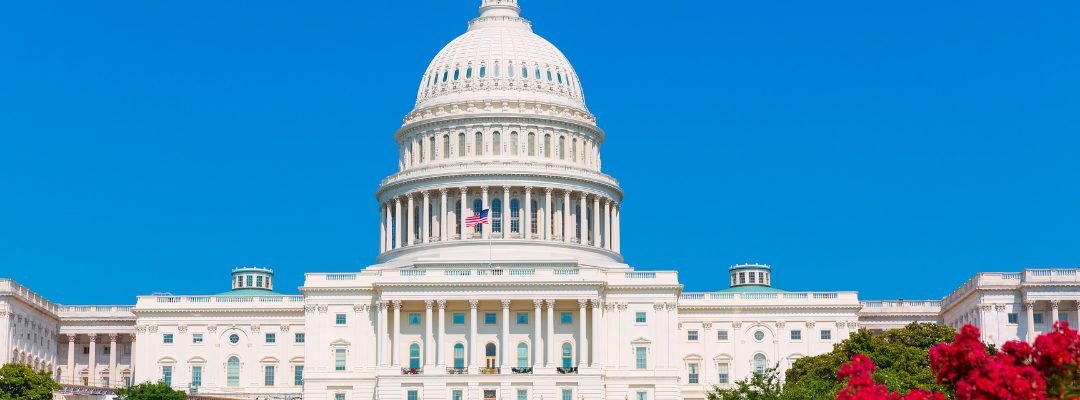In 2017 Extension Economists from across the South worked on a major producer education effort that resulted in a book titled Surviving the Farm Economy Downturn[1]. The 1980s is second only to the Great Depression in terms of really bad financial outcomes for agricultural producers in the United States. In the 1980s, the sustained decline in farm incomes and corresponding drop in land values triggered a large number of loan defaults leading to a significant number of farm bankruptcies. The chapter I worked on was titled “Are We Headed Toward Another Farm Financial Crisis as Severe as the 1980s?” The chapter evaluated six of the variables often cited as contributing in some way to the 1980s downturn such as high interest and exchange rates, collapsing land values, and rising debt to asset ratios. At that time the conclusion was that while the late 2016-2017 period had a few caution signs, only the strong exchange rate was similar to the 1980s and that U.S. agriculture was not going into another major downturn.
The Federal Reserve recently increased interest rates by one-half point with strong signals that more increases are on the way. This triggered my thinking about what happens when our current near record crop prices decline to their new normal along with inputs prices that are sticky on the way down. According to USDA survey data, U.S. agricultural producers, on average, have relatively low debt and many are in quite strong cash flow positions. Low debt makes farmers much less vulnerable to a collapse in land values. But, I think the biggest reason the U.S. won’t see a crisis like the 1980s again is the federal crop insurance program. Crop insurance had very low participation during the 1980s with less than 50 million acres covered generally at low levels of buy-up on yield policies (Figure 1). Over time, a lot of innovation has occurred in crop insurance policies. Now, around 225 million acres are covered generally by revenue insurance policies bought up to at least the 70 percent coverage level. With virtually all cropland covered by some type of policy, significant within year price declines will be covered by revenue insurance. Due to this, there wouldn’t be the tremendous pressure on farm incomes contributing to lower land values and increased loan defaults. What about a sustained price decline scenario? That is where crop insurance coupled with price loss coverage provides significant protection.
Figure 1. Planted Acres for Major Crops in Crop Insurance, 1981-2021.

[1] https://www.afpc.tamu.edu/extension/resources/downturn-book/Surviving-the-Farm-Economy-Downturn.pdf
Outlaw, Joe. “Crop Insurance the Key to Avoiding Another Farm Economy Downturn“. Southern Ag Today 2(20.4). May 12, 2022. Permalink






